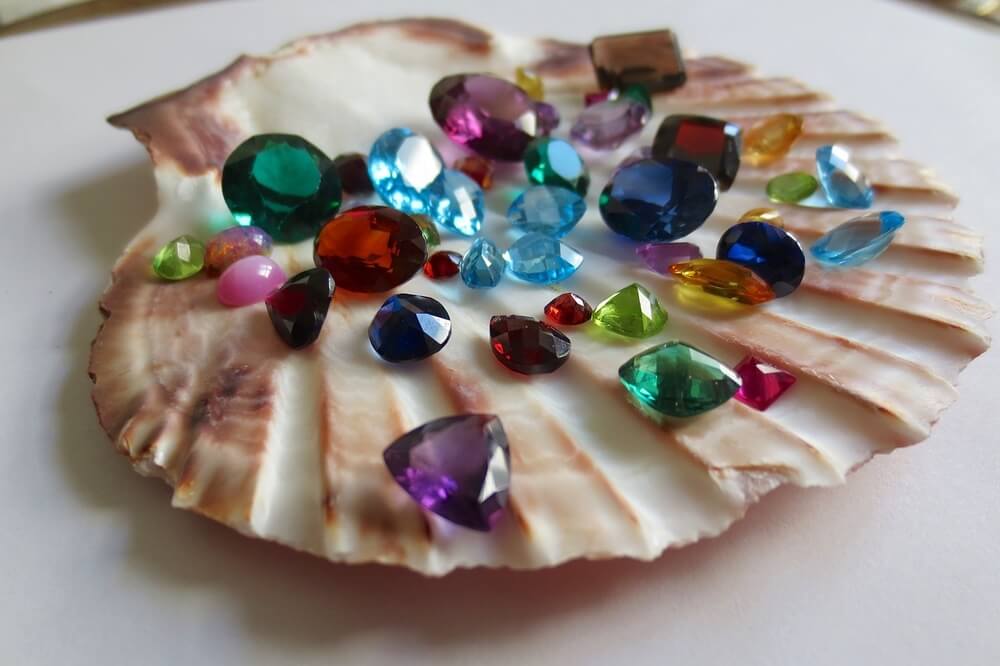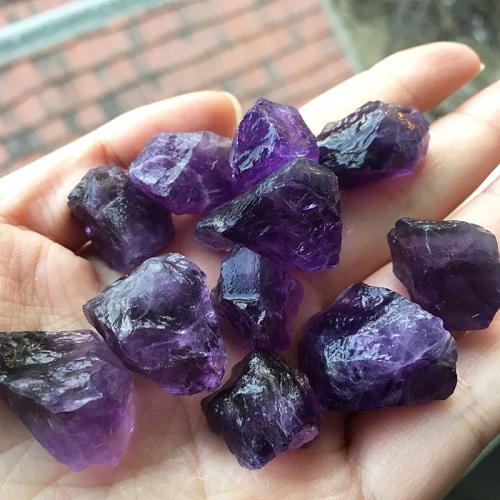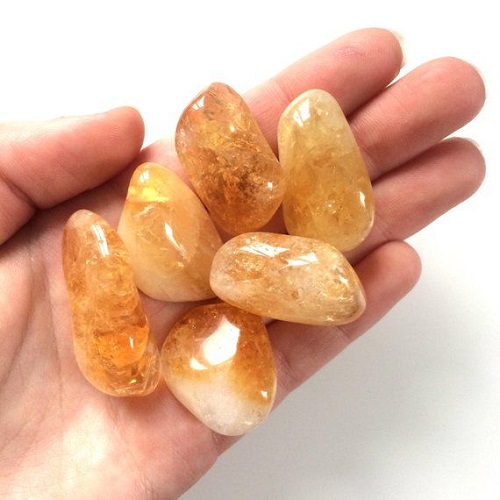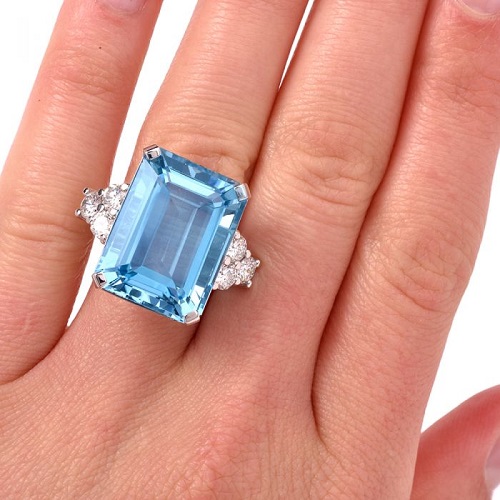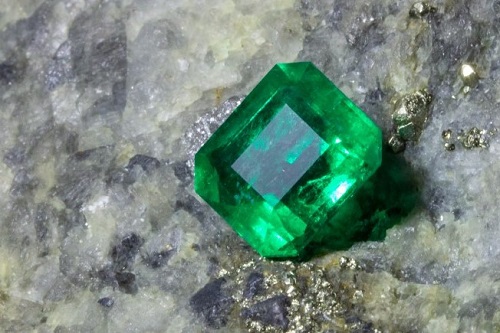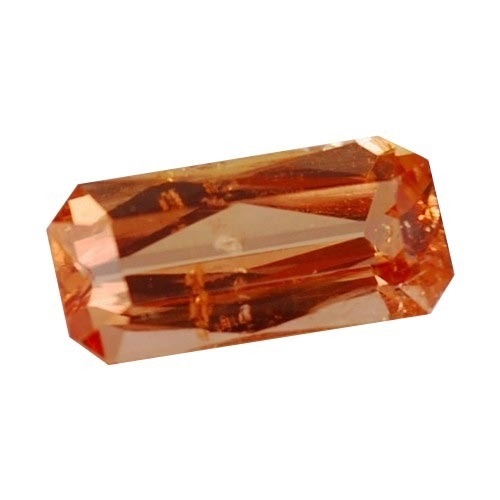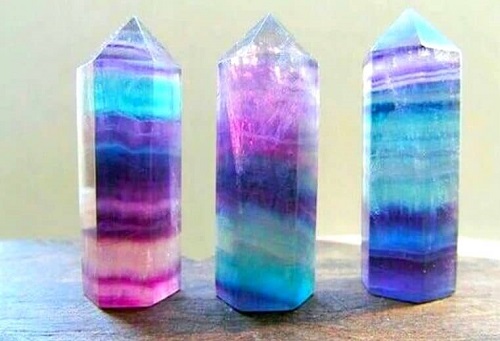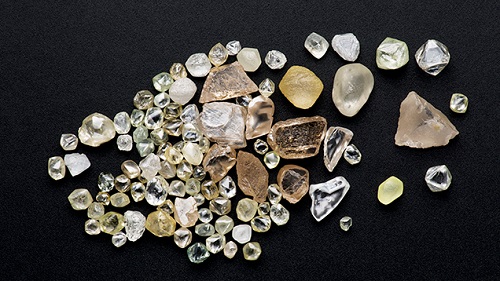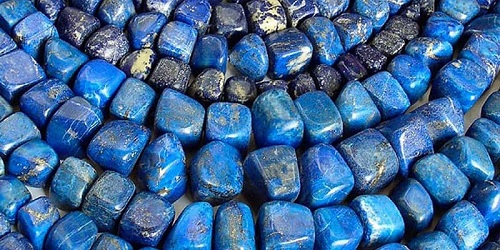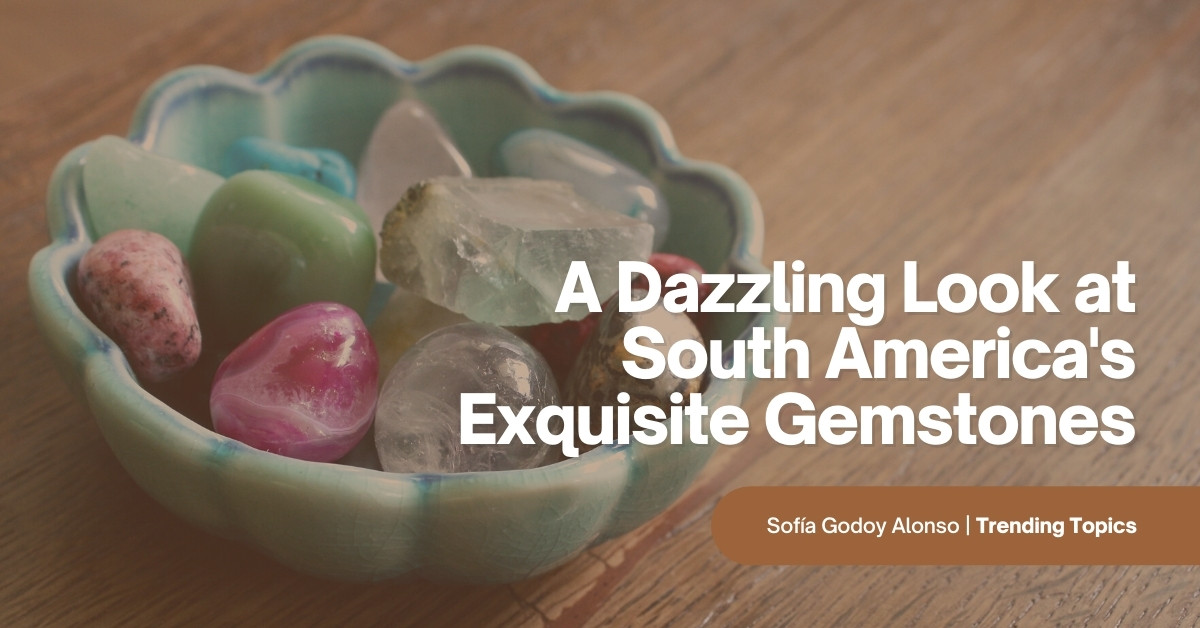
A Dazzling Look at South America’s Exquisite Gemstones
South American gemstones are some of the highest quality in the world. The production of these well-renowned and valuable shiny minerals in South America has thrived for years.
A gemstone is a piece of a natural mineral after going through a process of cut and polish. They adorn jewelry or act as decoration.
As early as the 16th century, South American gemstones triggered deep exploration of the region and inspired folk tales.These valuable resources still continue to spark the interest of jewel enthusiasts from all over the world.
Keep reading for an interesting overview of the different South American gemstones and fun facts about each one of them.
The Fever for South American Gemstones
After Christopher Columbus arrived in America, he informed the Spanish crown of the large amounts of gold, pearls, and shiny piedras preciosas (precious gemstones) the indigenous population had.
This unexpected discovery awoke euphoria and greed in Europe. Spanish conquistadors immediately took on the mission of discovering where these mysterious gemstones and South American diamonds came from.
The Spanish enslaved indigenous populations and forced them to work in mines seeking these rare minerals. It unleashed conflict and resistance from the indigenous population to the colonization and exploitation of Spanish settlers.
In 1541, a chronicler from Madrid, Francisco Gonzalez, sparked the search even more. He wrote a series of indigenous and Spanish testimonies that spoke of a hidden city whose king was covered in fine gold dust. This man’s kingdom was believed to be made entirely out of gold and exquisite gemstones.
This legendary place is known as El Dorado. Many explorers ventured into hostile South American jungles searching for it. None of them succeeded and to this day El Dorado continues to be a myth.
Exquisite Kinds of South American Gemstones
The production of South American gemstones is a highly profitable activity for countries like Brazil and Colombia. Nevertheless, there are other South American nations that produce at least one unique, exquisite, and eye-dazzling gemstone.
South American minerals and diamonds are extremely valuable and appreciated by jewel makers, collectors, museums, and more.
Feast your eyes on this list of different South American gemstones!
Amethyst (amatista)
Amethyst is a purple gemstone that once existed in limited parts of the world.
In the 19th century, mining companies discovered large deposits of amatista in Brazil. The country continues to dominate the amatista production, followed by Uruguay, and Bolivia. Amethyst gemstones sell from $2 to $10 per carat.
Citrine (citrino)
Citrine is a type of quartz found in several South American countries. It’s color varies from shades of orange to yellow. Brazil produces some of the best quality citrino South American gemstones. It also exists in Bolivia, Uruguay, and Argentina. The price of citrine per carat ranges from $10 to $30.
Aquamarine (aquamarina)
The name aquamarina comes from the light to intense blue colors this precious South American gemstone has. 90% of aquamarine production happens in Brazil.
This precious mineral is a highly valuable birthstone for those born in March. One carat of aquamarine sells in the market for $675. The color of highest value for aquamarina is dark blue.
Emerald (esmeralda)
Colombia is famous for being the highest quality producer of emeralds. The stone’s deep green color makes it ideal for jewel makers. Even in prehispanic times, the indigenous people valued these South American gemstones.
Brazil is also a producer of emeralds, however the Colombian production stands out for its color, sizes, and shapes. Colombian esmeraldas can sell for up to $120,000 per carat.
Topaz (topacio)
Brazil is the largest producer of topaz in the world. The deposits offer exotic types of topacio that vary from purple, yellow, orange, and shades of coral. Imperial topaz is the rarest and national gemstone of Brazil.
Several of these colored gemstones are hard to find and considered rare. Colorless topaz is more accessible, selling for less than $8 per carat. Meanwhile, precious topaz in shades of pink can cost up to $3,500 per carat.
Fluorite (fluorita)
Many regions of the world produce fluorite, however the production in Argentina stands out for the large amount of deposits in Patagonia. Argentina exports it, using it in steelwork, cement production, and gasoline refineries.
La fluorita can be colorless, with various shades of purple, green, blue, yellow, orange, white, pink, red, brown, and black.
The stone has exceptional brilliance and a small specimen sells in the market for as low as $10. Rare-to-find fluorite can cost up to thousands of dollars.
Diamonds (diamante)
Retailers and consumers alike value los diamantes all around the world. South America is no stranger to this gemstone, as diamonds are prevalent in Brazil, Guyana, and Venezuela.
The conditions that mine workers endure in these regions are difficult and exact a heavy toll on their health and well-being—meanwhile, the industry rakes in billions of dollars a year in revenue.
The diamond’s clarity, cut quality, color, and shape are essential for setting a price on each specimen. One carat South American diamonds can cost between $1,300 to $16,500 in the market.
Lapis Lazuli (lapislázuli)
The indigenous populations of the Andes in Chile first produced lapislázuli for milenia, resulting in this deposit’s nickname: flor de los Andes (flower of the Andes). Lapis lazuli has a deep blue color and is popular in jewelry, art, and ceremonial activities.
This South American gemstone has striking appeal but it isn’t expensive, selling for $100 per 150 carats.
South American Gemstones by Country
The production of South American gemstones is highly diverse. There’s several mines and deposits throughout the entire region that are privately owned by large mining corporations.
Minerals and precious gemstones are abundant and different between countries. Brazil definitely dominates the market with more than 100 kinds of precious gemstones. The country’s home to the state of Minas Gerais, whose largest source of wealth are minerals. Brazilians compete in the international market with Bolivia and Colombia.
Let’s take a look at this list of the different exquisite South American gemstones by country.
Argentina
- fluorita (fluorite)
- rodocrosita (rhodochrosite)
Bolivia
- ametrina (ametrine)
- sodalita (sodalite)
- amatista (amethyst)
- citrino (citrine)
Brazil
- aquamarina (aquamarine)
- amatista (amethyst)
- citrino (citrine)
- alexandrita (alexandrite)
- almandina (almandine)
- amazonita (amazonite)
- aventurina (aventurine)
- brasilianita (brazilianite)
- cianita (kyanite)
- esmeralda (emerald)
- rubí (ruby)
- turmalina (tourmaline)
- andalusita (andalusite)
- berilo (beryl)
- crisoberilo (chrysoberyl)
- topacio (topaz)
Chile
- lapislázuli (lapis lazuli)
Colombia
- euclasa (euclase)
- esmeralda (emerald)
- zafiro (sapphire)
Perú
- ópalo (opal)
- rodocrosita (rhodochrosite)
Guyana
- diamantes (diamonds)
Venezuela
- diamantes (diamonds)
Become a Spanish-Speaking Gem
Gemstones found in South America are truly special and bewitching. The eye-catching colors and shapes make them an irreplaceable asset to South America.
Embark on your own gemstone expedition and start planning a trip to South America!
Speaking Spanish will make that trip to South America flow naturally and full of adventures. You’re able to communicate easily while engaging in valuable Spanish conversation with new friends. Sign up for a free class with native speakers and elevate your fluency to next level greatness.

Want to learn more about Latin America? Check out our latest posts!
- Celebrating Culture and Joy: The Magic of Carnival in Spanish-Speaking Countries
- 15 Mouth-Watering National Dishes of Latin America
- Discovering The Mayan Languages
- The 10 Most Common Spanish Surnames in The U.S
- Everything About Mexican Christmas Traditions
- What Is the Hispanic Scholarship Fund? Is It Legit?
- A Spanish Guide to Thanksgiving Food Vocabulary
- How Did All Saints Day Celebrations Started?
- 29 Cool and Catchy Spanish Phrases To Use With Friends [+Audio] - January 8, 2023
- A Fun Kids’ Guide to Opposites in Spanish (Free Lesson and Activities) - December 29, 2022
- 10 Fun Spanish Folk Tales for Kids - December 10, 2022

